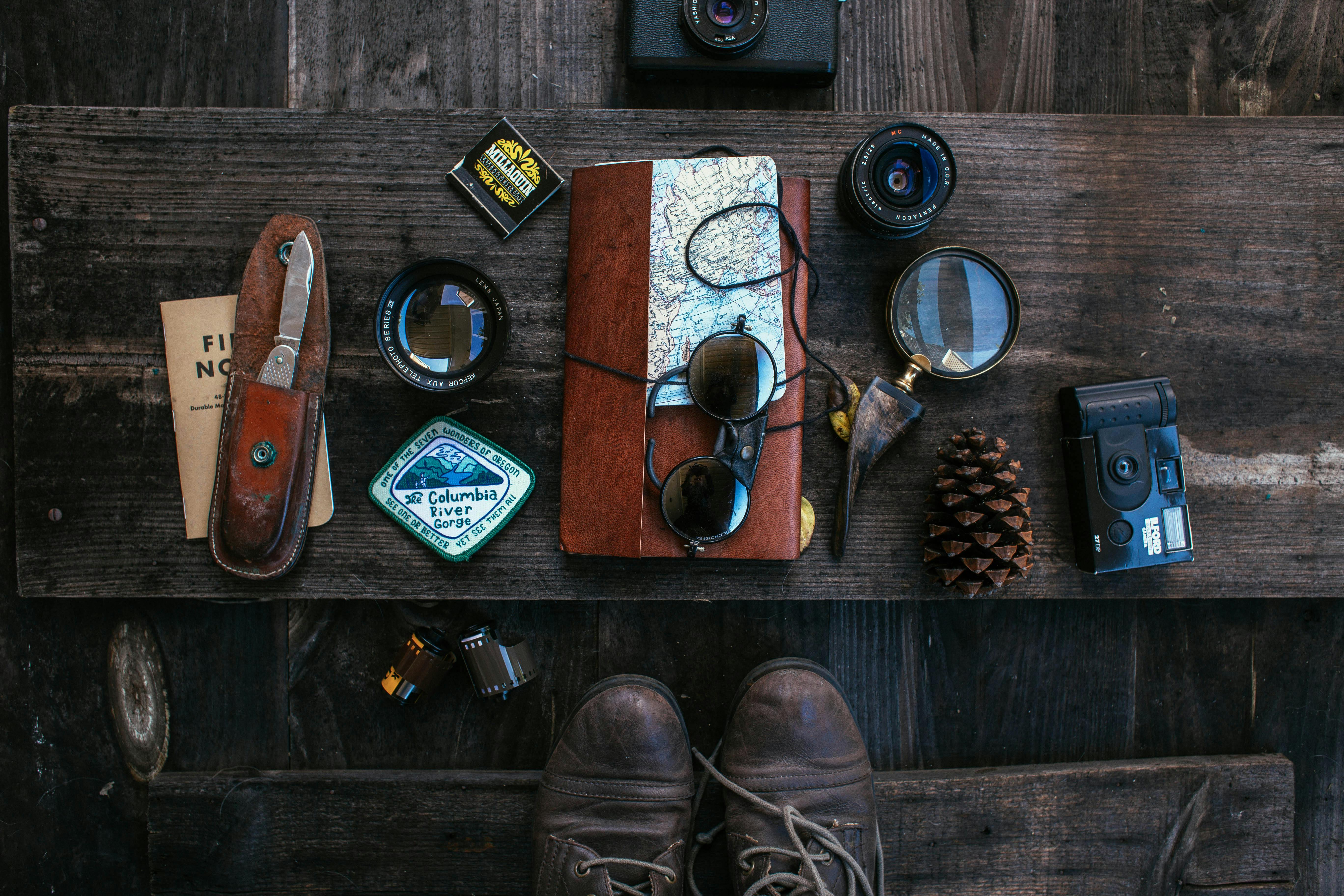Your mom may not be slipping on banana peels in her kitchen, but she might be slipping on that favorite rug by the sink! She may already question the safety of the rug, but has she ever wondered if there are other unsafe things in her house that she hasn’t thought of? Or better yet, what can YOU do to make your home more secure?
Your best resource for completing a comprehensive home security survey is a detailed home assessment checklist. A “home assessment” is a detailed checklist used to assess the safety and accessibility of a home or office. Home improvements are suggested on the checklist to improve home accessibility and safety for seniors, the elderly, and people with disabilities.
Some of the most important safety recommendations for a home involve the kitchen, bathroom, and entryways. For mom’s kitchen, a wall oven that has a convenient shelf just below the door keeps delicious, but heavy casseroles from falling out. Ranges with level electric cooktops ensure safe transfer between burners; front controls and downdraft features direct heat away; and a light that indicates when a burner is hot are essential features.
In the bathroom, there are many things that can be done to improve safety. To name a few, we would mention a folding seat installed in the shower; an adjustable shower head on a hose; and an anti-scald device to ensure that the water never gets too hot while showering.
Entrance areas are also critical points to review for security issues. You may want to include a motion-sensitive light at the entrances; a hallway with no slip-resistant flooring; a low or no-step entryway with a deck; side lights in the doors; and a surface to place packages while the door is being opened.
Non-slip, non-slip floor surfaces are critical in safety-conscious handicap-accessible homes. A non-slip material on your floor, such as wood or laminate with a matte finish, textured vinyl, or smooth-glazed ceramic tile will help prevent falls. Thresholds separating adjacent rooms should be close to the same level. Low-pile rugs that convert to flooring are better than softer, higher-pile rugs. Low pile carpeting and smooth flooring materials are also better for wheelchair maneuverability.
Finally, some accessibility items to consider if the mom is in a wheelchair or experiences a disability include a 30-inch by 48-inch clearance on appliances and a 60-inch diameter clearance for turning; pullovers with drawer loops; and lever handles whenever possible. A good home assessment checklist will also include information on safe electrical, lighting, and safety items; Heating, Ventilation and Air Conditioning; and stairs, lifts and elevators.
Referring to a detailed home assessment checklist will help you answer many questions about home safety for people with disabilities, seniors, and people who want to “age in place.”
If you need help assessing a home’s safety, you’ll find a directory of Certified Aging-In-Place Specialists (CAPS) on the NAHB website. Your CAPS specialist will schedule an in-home consultation to observe and evaluate your current living arrangement and help you create a safer and more affordable home for yourself or a loved one.



